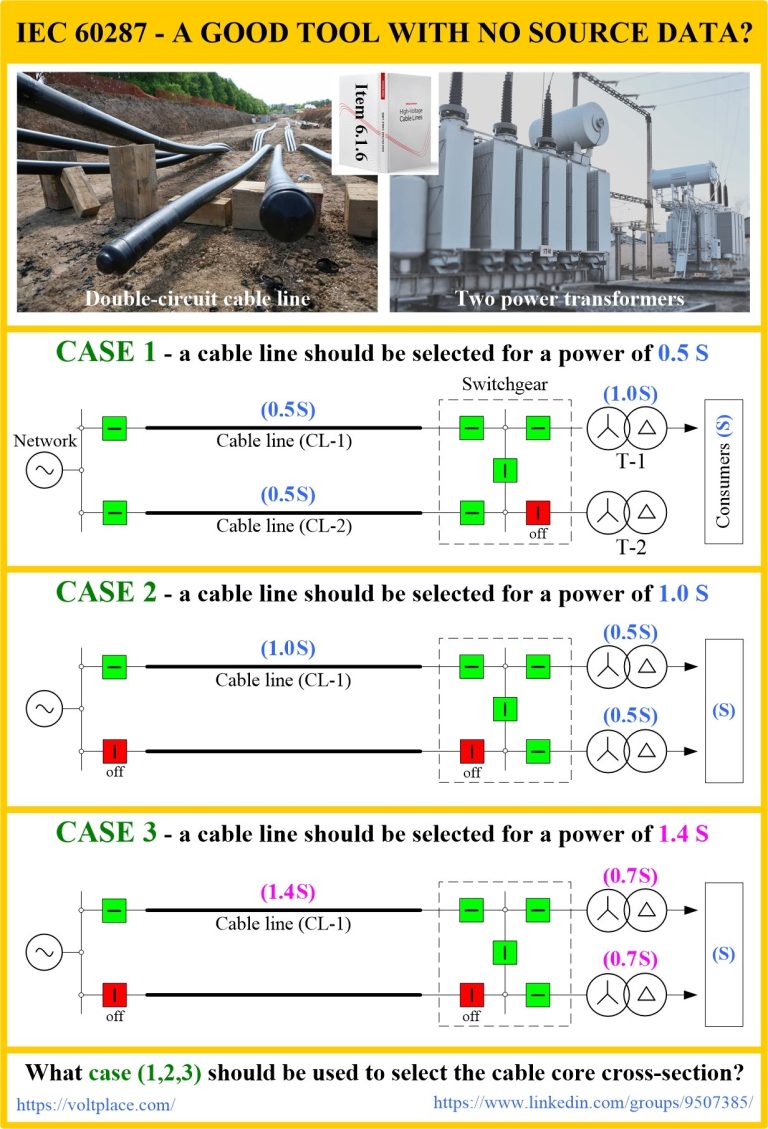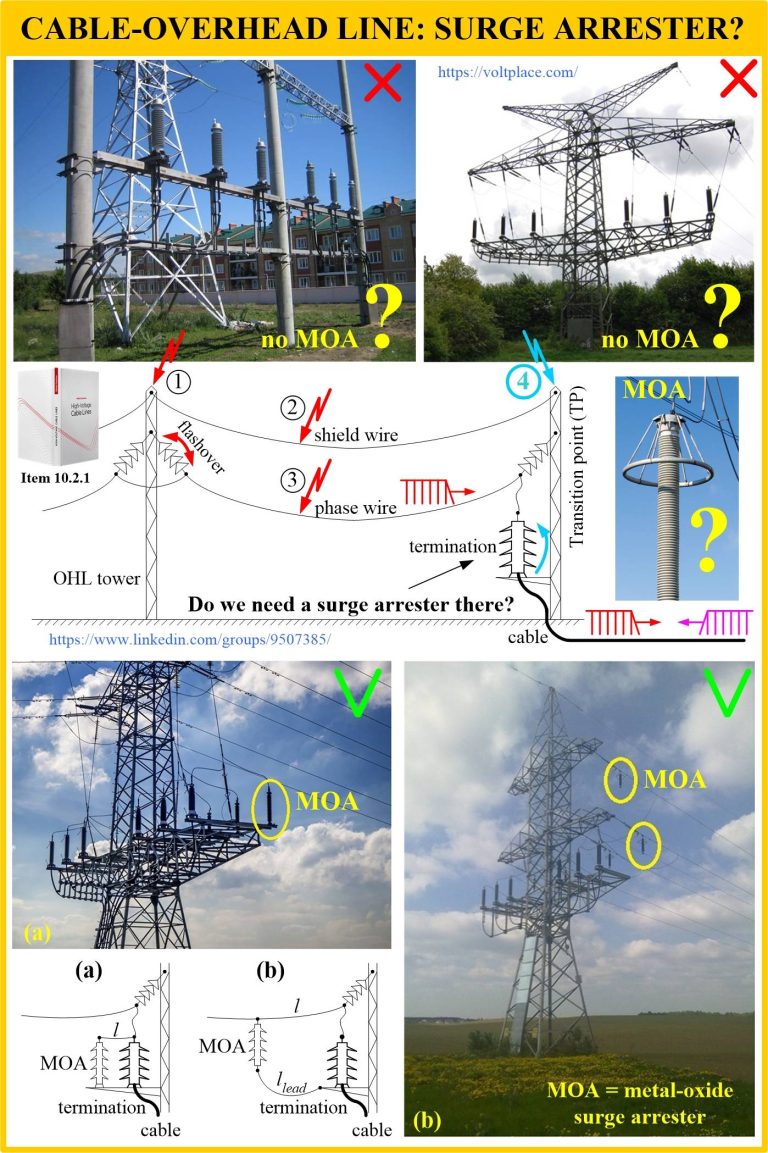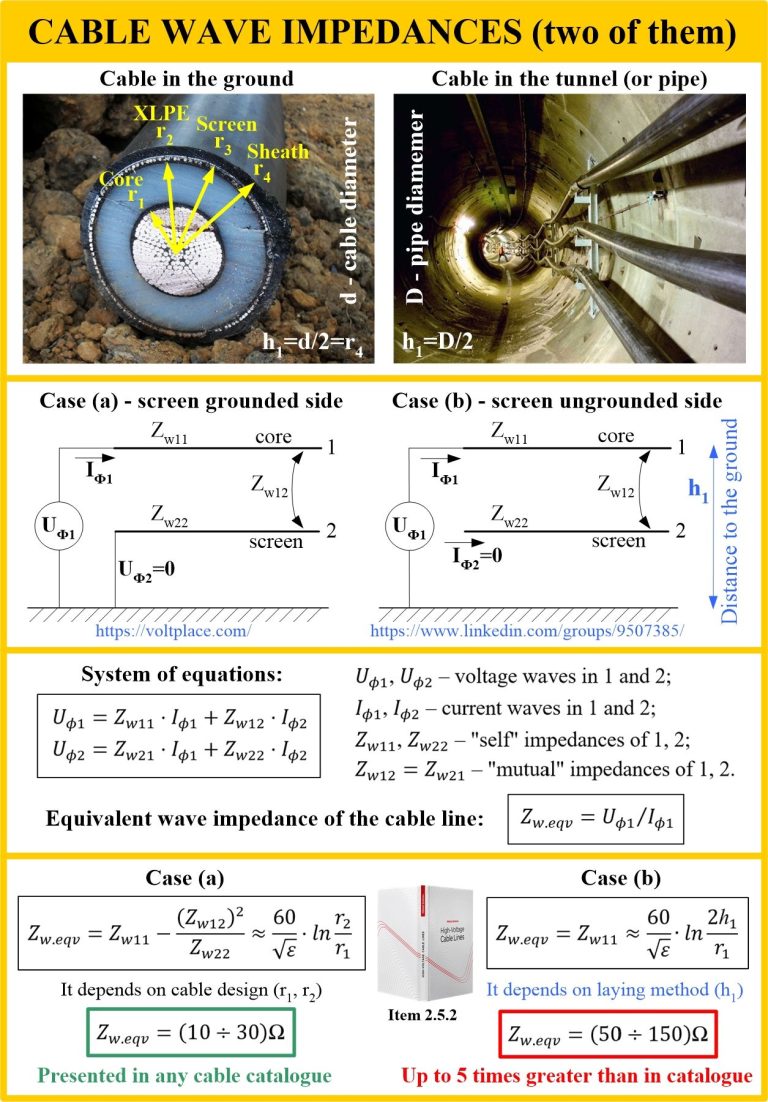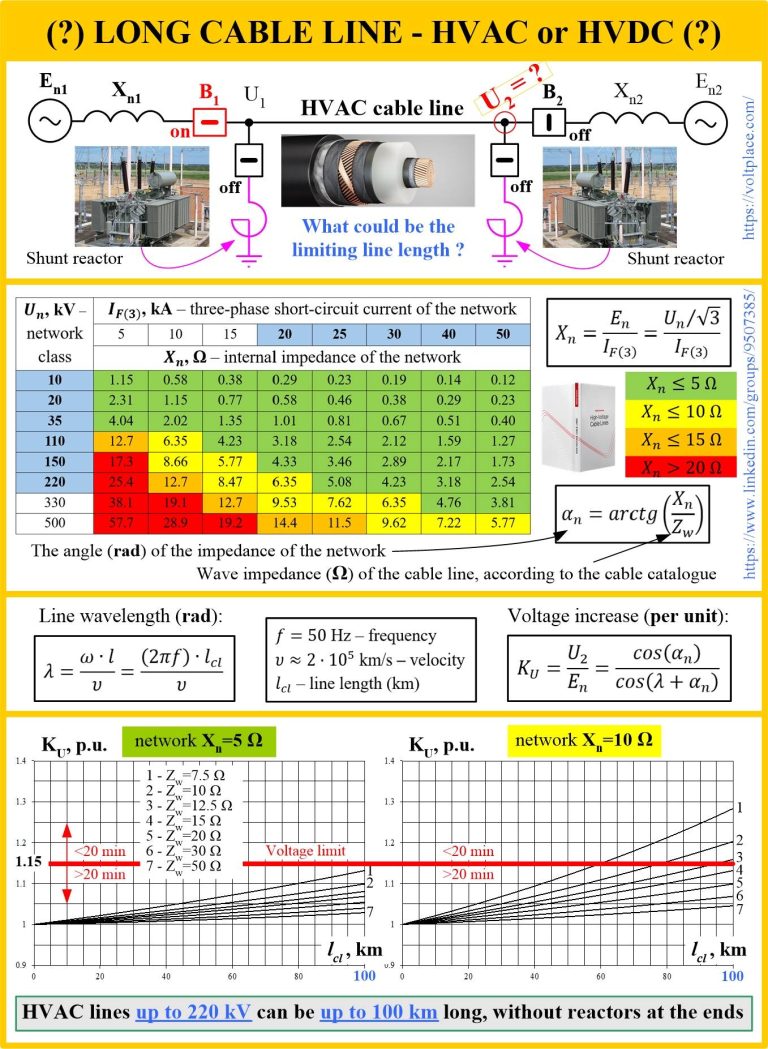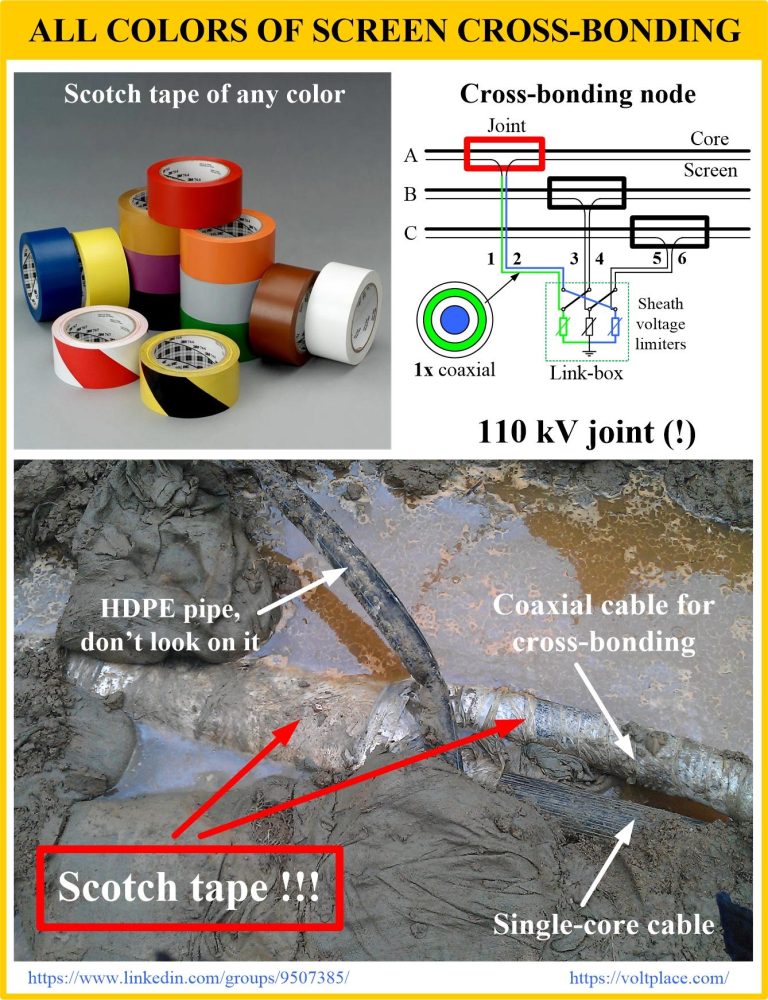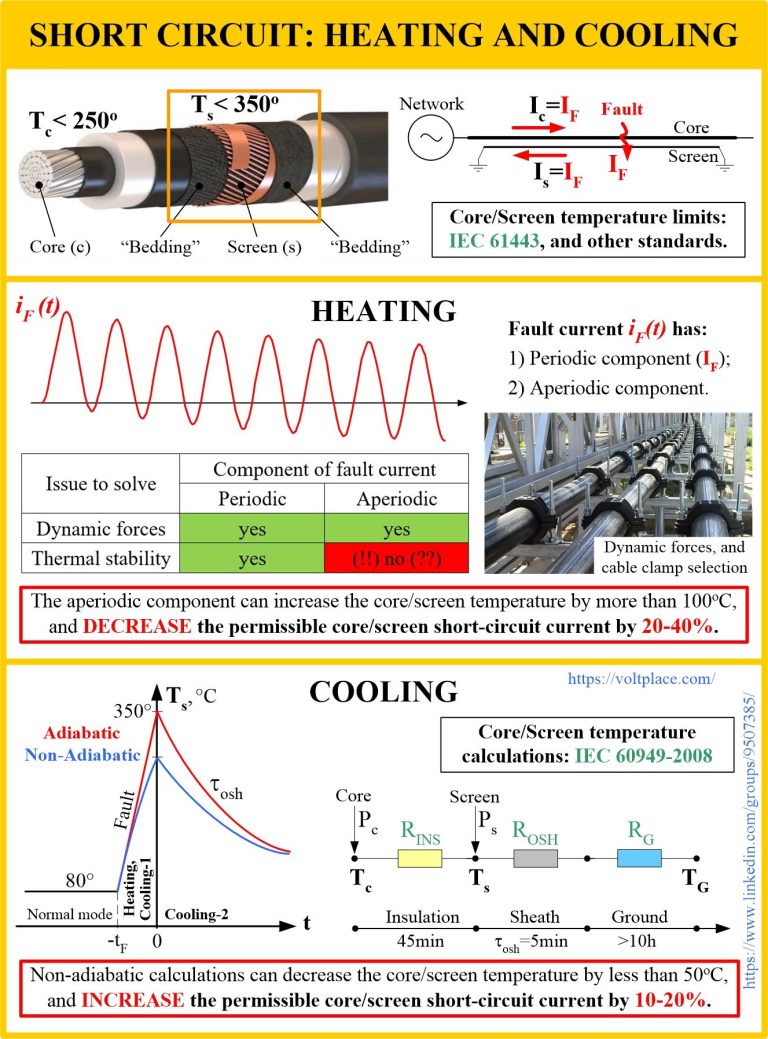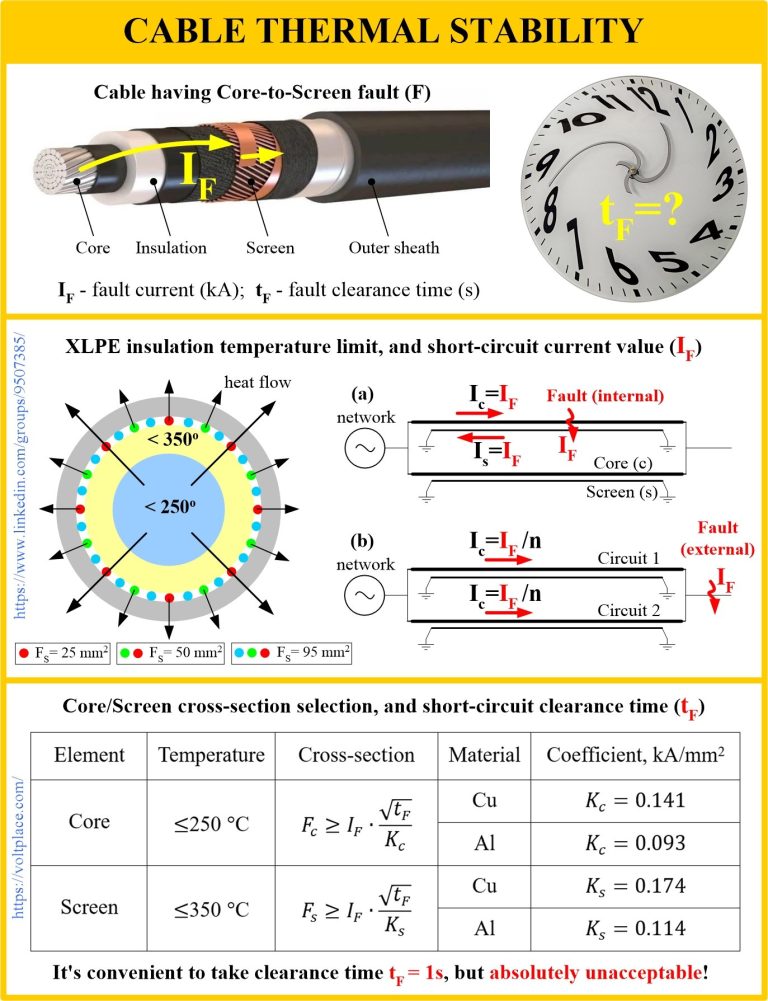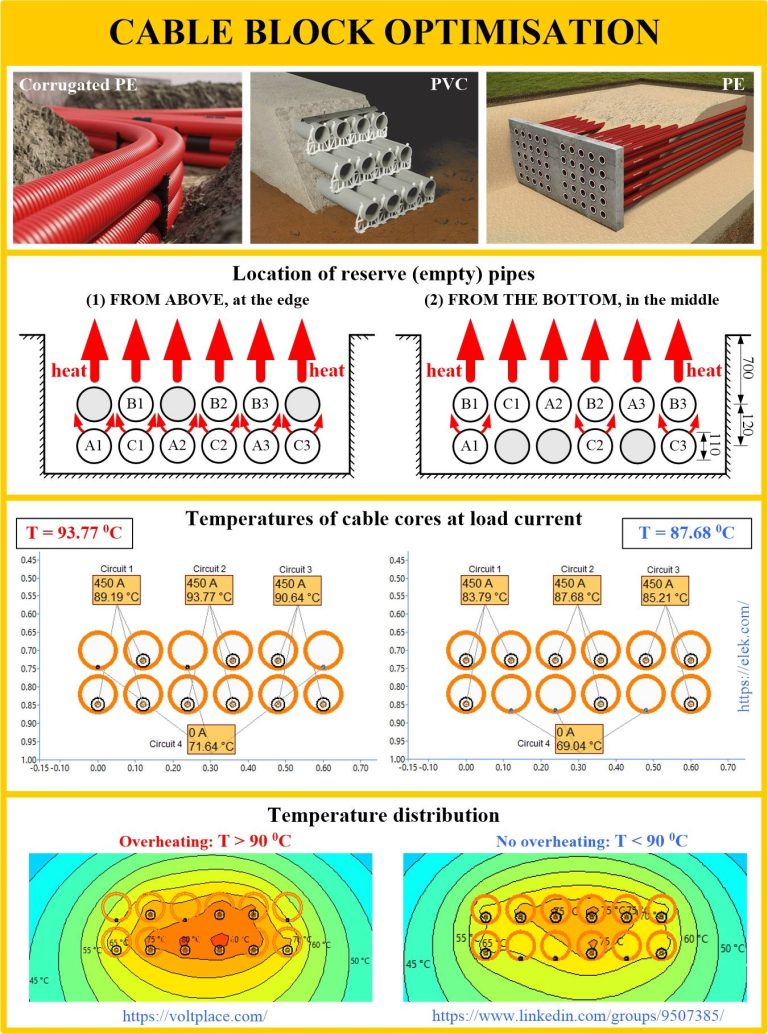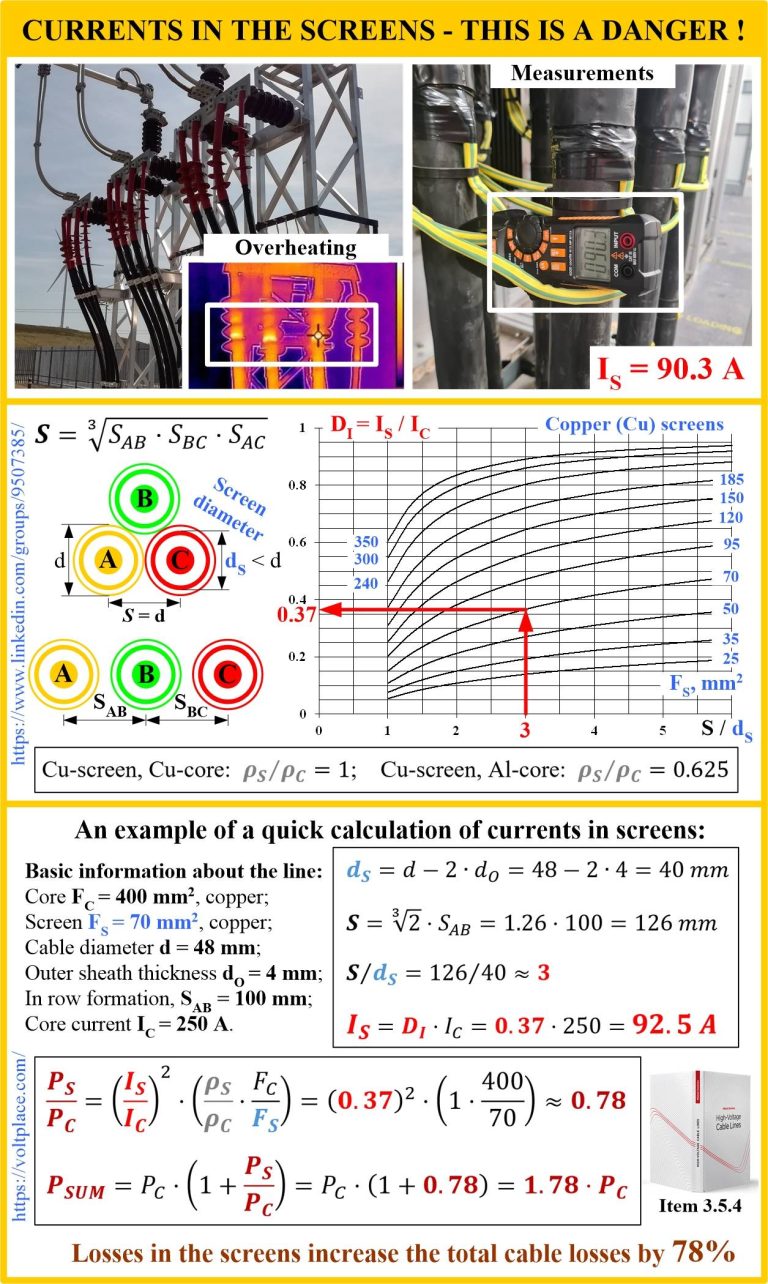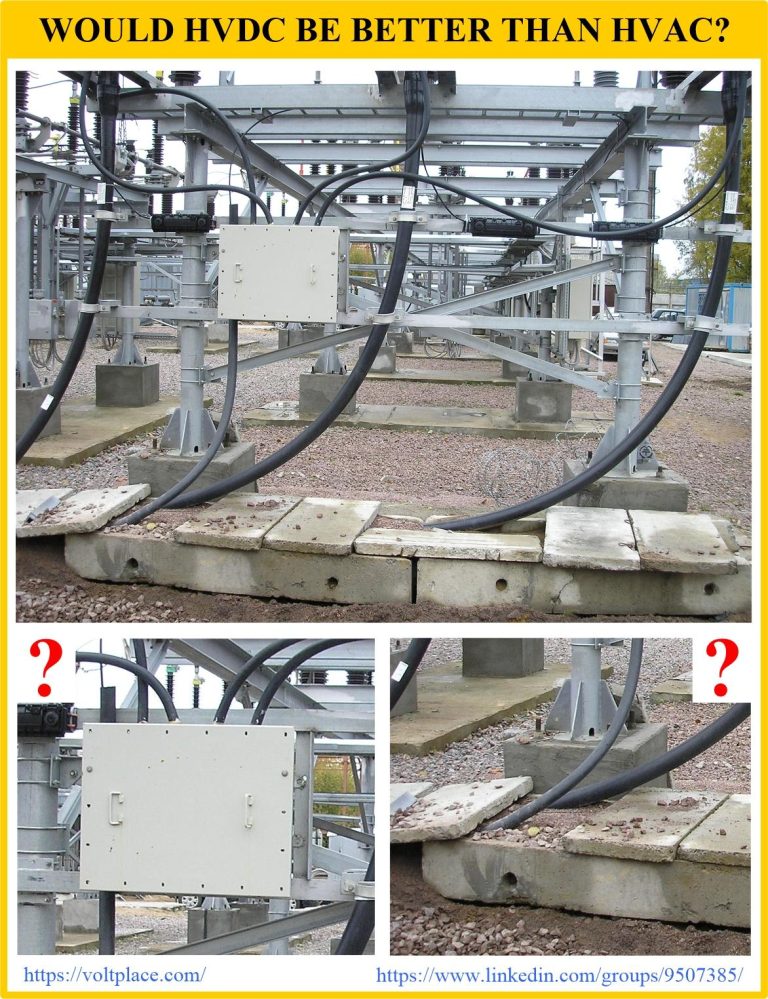Cable current selection
Our industry has excellent international standards (IEC) and excellent software. Both provide us with high accuracy calculations. However, despite the precise methods, can we be sure of the results of the calculations? Of course not! At least because we don’t always understand which source data to use in calculations. If we do not have accurate

